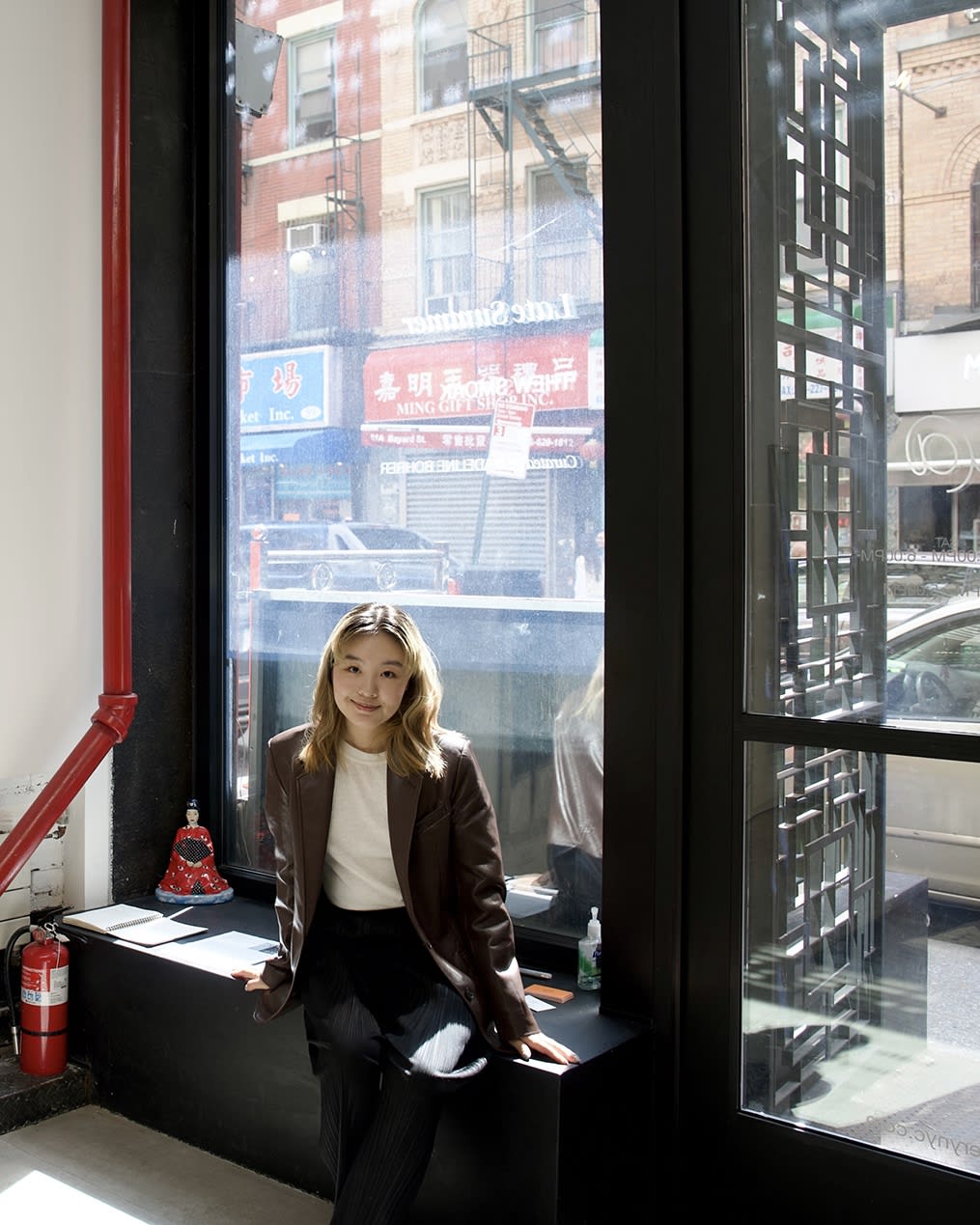When a gallery takes on an artist’s representation, it can benefit both parties. For the artist, it can mean financial security, public exposure, and career development. For galleries, having the right group of artists on their roster can be an essential part of shaping their public identity and defining their status.
By deciding to represent an artist, the gallery takes responsibility for exhibiting, promoting, and selling the artist’s work while nurturing their career. In the 1960s and ’70s, legendary art dealers such as Leo Castelli and Allan Frumkin gave their artists monthly stipends to help cover art supplies and studio costs. Since the 1980s, galleries have covered everything from production costs to publications, press representation, art fairs, and online marketplaces.
This model still shapes the broad meaning of gallery representation today. But in an increasingly global art market, galleries are taking different approaches and strategies to bringing on artists and working with them. To gain a better understanding, Artsy spoke to gallerists from various parts of the world and at different pockets of the art market.
Not every gallery wants to represent artists, however. LATITUDE, a small gallery in the heart of New York’s Chinatown, has eschewed artist representation altogether. “We have opted not to represent artists for several reasons,” said Shihui Zhou, who founded the gallery in 2020. “LATITUDE operates on a distinct model, such as consignment, particularly in the early stages, which is geared towards exhibiting a broad spectrum of artists and community-building while fostering long-term relationships with a select few. This choice can also be reflective of the gallery’s capacity, mission, or the level of commitment we are able to provide to the artists at the moment.”
This approach, Zhou said, enables the gallery to operate at a different level of flexibility and inclusivity that aligns with “our aspiration to introduce diverse artistic expressions to our audience, while also nurturing meaningful connections with certain artists over time.”

